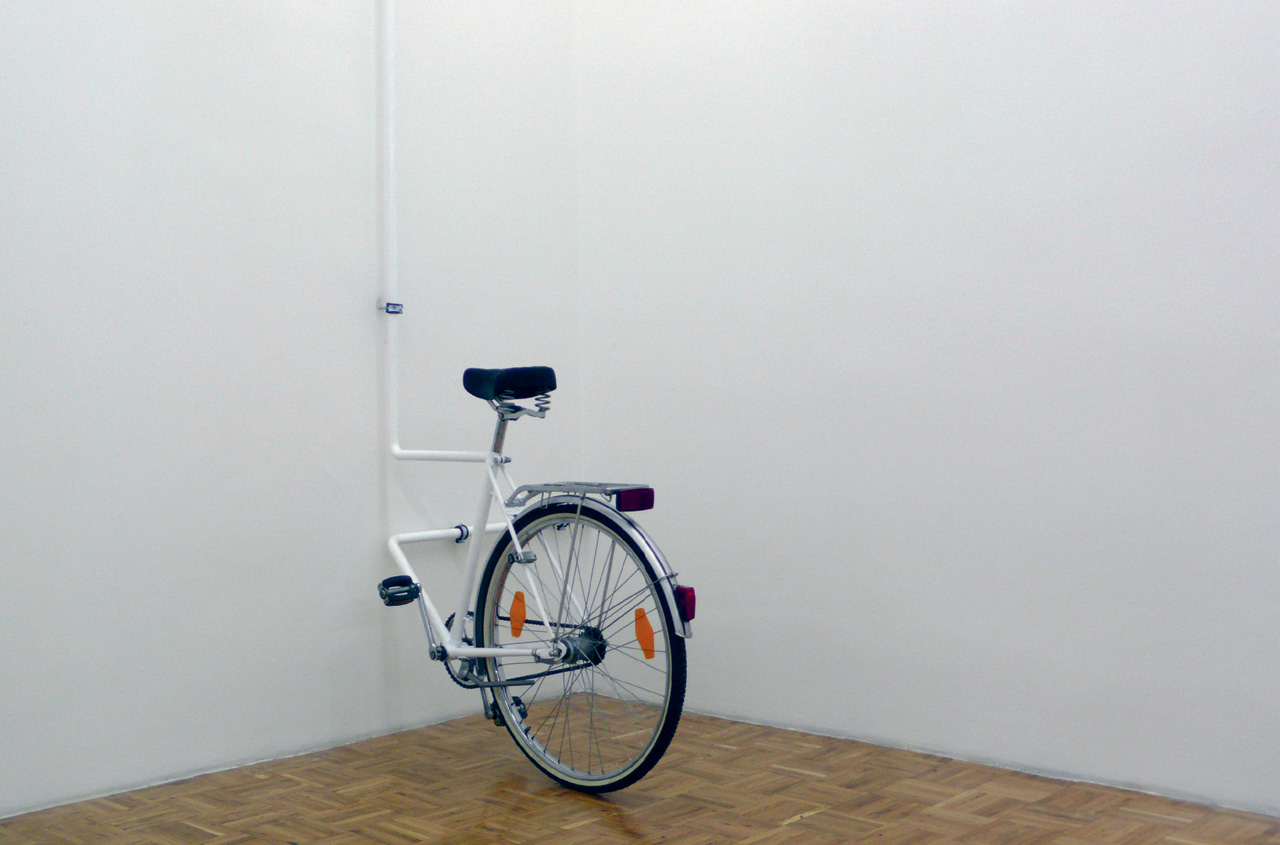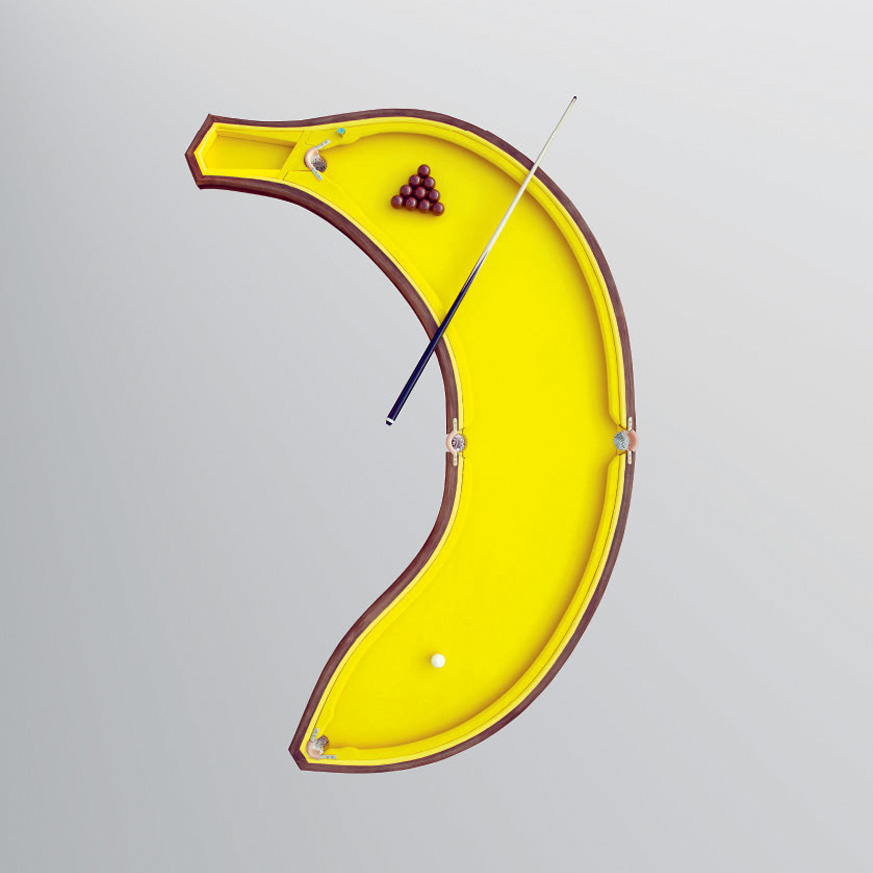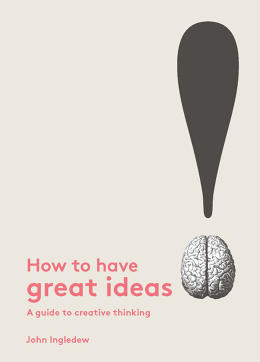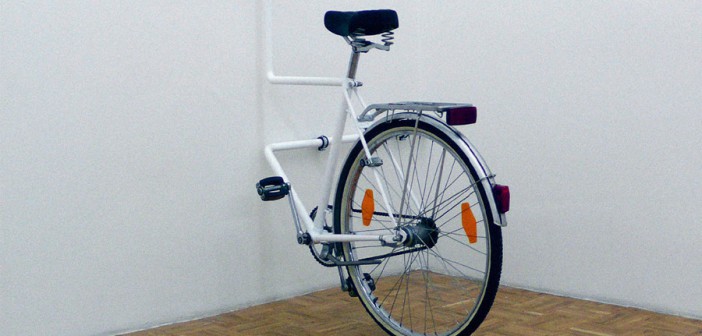In an ideas slump? Here are 10 tips to help with your next big breakthrough.
Rarely do brilliant ideas appear out of the blue. In his new book How to Have Great Ideas: A Guide to Creative Thinking (Laurence King, 2016), John Ingledew—a photographer and visiting professor at the London School of Film, Media, and Design at the University of West London—shares 53 strategies to help readers on their next breakthrough. We’ve reprinted 10 of our favorites below.
-
ASK “WHAT ELSE CAN I DO WITH THIS?”
We see most things—objects, buildings, spaces, materials, technology, and systems—through the lens of habit and familiarity. We take them for granted, overlooking numerous other possibilities. Combat the mind’s tendency to assume that something can only function in a familiar way. Asking yourself “What else can I do with this?” will lead to new discoveries and ideas.
Project: Turn rubbish into gold—take all the junk mail that comes through your letter box and turn it into something of great value. What else can you do with a newspaper?

-
TAKE NOTICE
“Creative people are expert noticers,” observed science professor Guy Claxton. They have highly developed abilities in visual foraging—spotting, gathering, and utilizing things that most others overlook. Having an active rather than idle curiosity about the world around you reveals ideas. Be nosy, be “eyesy.”
Project: Spot and collect the faces, animals, letterforms, and numbers that are accidentally created by wear, repair, time, decay, spillage, breakage, update, replacement, light, shadow, rain, or snow. Some of these things only reveal themselves when you look at them sideways, upside down, or in reverse.
-
KEEP IT SIMPLE
Problems are often obscured by an overload of information. Clarify and isolate the challenge you face by spending time understanding and defining the problem. Can you simplify it down to 10 words, 5 words, or even 3?
Project: Writer Ernest Hemingway famously laid down a challenge to write a story in six words. Try it, or update this to a Twitter challenge and write an entire story in just 140 characters.

-
EMBRACE ABSURDITY
Absurdity is at the heart of some of the most creative ideas of the 19th and 20th centuries. Lewis Carroll and Edward Lear used absurdity in storytelling; the Marx Brothers, Spike Milligan, and Monty Python exploited it as a source of comedy; Samuel Beckett used it for drama; Frank Zappa for music; Elsa Schiaparelli in fashion design; and the dadaists and surrealists used it to make art.
Project: Using the visual language of signage systems, create absurd signs that confound viewers, provoking thought or laughter.

-
TRY SWAPPING SYSTEMS
Applying a ready-made, successful, tried and trusted existing system from one area of practice to another can lead to great innovation.
Inventor Owen Maclaren created the first collapsible baby buggy by utilizing the system designed for the folding undercarriages of Spitfire planes from World War II. James Dyson used cyclone systems used to suck up sawdust in sawmills and applied them to the home vacuum. Both revolutionized previously entrenched designs. If you find a current system disappointing or inadequate, try borrowing one from another field.
Project: Take the quick-change systems of theater scenery and apply them to rethink your living or work space.
-
REPOSITION
The act of altering how something is viewed can reveal new possibilities and ideas. This can be achieved by seeking every possible viewpoint and shifting context—by taking things from their usual home and placing them somewhere completely different.
Boxes of wire scrubbing pads and cans of soup are familiar items in a supermarket. There are unmade beds in every teenager’s bedroom, and dead cows and sheep can be found in the back of every butcher’s shop. But put them in an art gallery and they are big news. Nearly 100 years ago, Marcel Duchamp was the first artist to realize that such repositioning could have an impact when his submission to an art exhibition of a porcelain urinal laid flat on its back cause an enormous scandal.
Project: Make the unremarkable remarkable—go to a building materials store and find an inexpensive object that, through repositioning in the home, finds a surprising new purpose.

-
TRY TRANSLATING
Ideas are greatly stimulated by the process of transformation. Converting things from one form or medium into another can guide thoughts in totally new and exciting directions. One idea leads to another—and then you’re off on the ideas trail.
The Russian artist Wassily Kandinsky translated classical music into abstract paintings, selecting different colors to signify the varying emotions the music provoked. He also invented a machine that translated musical sounds into instructions for paintings.
Project: Translate the following words into typography—lazy, happy, loud, soft.
-
JUST IMPROVISE
Improvisation is against-the-odds creativity. It is a way of thinking and acting that can lead to solutions in hugely challenging situations, such as when people find themselves imprisoned, cast away, stranded, besieged, trapped, fenced in, lost at sea, capsized, or shipwrecked.
Project: The “design miles” challenge—the “food miles” initiative questioned the vast distances food had travelled from its point of production to the dinner table. The campaign advocated choosing local produce, which, having travelled the least distance, depleted fewer of the world’s resources. The “design miles” challenge is similar. Only use what is very close at hand. Challenge yourself to solve problems using only what is in your pockets, on the table, freely available, left over from another job, or only what is within a very short distance.
- UNDERSTAND YOUR PROCESS
To have ideas quickly and repeatedly, it’s vital to understand which conditions make you personally most creatively productive. Russian composer Pyotr Ilyich Tchaikovsky reflected: “If we wait for the mood, without endeavoring to meet it halfway, we easily become indolent and apathetic.”
Project: Discover the creative process of your ideas’ heroines and heroes. Some are wonderfully eccentric. German poet Friedrich Schiller found he worked best to the smell of rotting apples.
- MAKE IT PERSONAL
Use things from your own life and experience to spark ideas—things you know about yourself or your family, and things from your background.
 As Al Jean, one of the original writers of The Simpsons, says, “You get ideas from real life. Teachers you had, problems your kids are going through, things that happened to you as a kid, things you read in the paper.”
As Al Jean, one of the original writers of The Simpsons, says, “You get ideas from real life. Teachers you had, problems your kids are going through, things that happened to you as a kid, things you read in the paper.”
Purchase How to Have Great Ideas: A Guide to Creative Thinking by John Ingeldew atlaurenceking.com for $30.
Excerpts reprinted with permission from Laurence King Publishers



